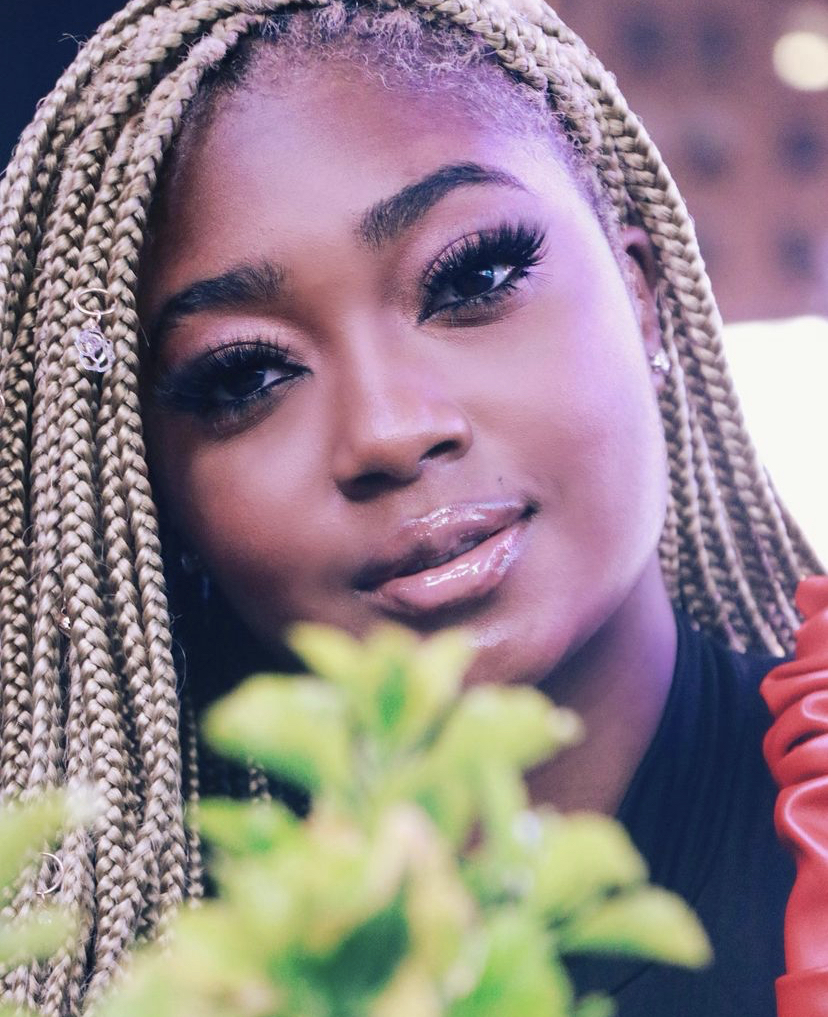

From its outset, Zola sets forth its cinematic intentions. Its titular character, played by the breathtaking Taylour Paige, opens the film presumably prepping for her strip club excursions (more on this later!), but beside her is a definite brow-raiser — a white girl with baby hairs and gold hoops. You start to get the creeping, gut-wrenching feeling that its a precursor for all the enthralling shenanigans (and nuances) to come. Then, the ever iconic intro emphatically interjects and propels the story forth: Y’all wanna hear a story about how me and this b*tch fell out? It’s kind of long but full of suspense.
Directed by Janicza Bravo, the film is an adaptation of A’Ziah Monae King’s bombshell 148-tweet thread of a stripper trip gone awry that rocked timelines in 2015. Its anecdotal Twitter origins — fittingly credited for inventing storytelling on the platform — oozes with aching laughter, jaw-droppers and the occasional nerve-racking moments for the readers’ insatiable appetite. But now, in motion picture, its exploring the convolutions of interracial relations and manipulation through the lens of friendship and sex work.
Upon our second introduction to Stefani (the opening scene’s brow-raiser, played by Riley Keough), she’s still donning her kanekalon ponytail with baby hairs and speaks with a cringe-worthy AAVE lexicon that is reminiscent of SNL’s “Gen Z Hospital” skit. Her and Zola meet at the bar, immediately bond over their exotic dancer hustles and plunge into a giggly friendship from Stefani’s singular invitation to a remunerative strip club weekend in Tampa. And while Stefani bountifully spews her co-opted colloquialisms, like “sis,” “period,” and an alarming “nappy-headed,” Zola’s discomfort becomes palpable.
Her inner ponderings, narrated by King herself, sunders the movie into a spring-break-gone-wrong trip and a tale of Black women navigating interracial friendships. “It is a Black woman telling a story about how her and a white woman fall out. So whether or not you want it to be about race, it just is because these two individuals move through the world differently. They’re looked at differently. They’re cared for differently,” Bravo, who also lends her pen to the screenplay, told LA Times. Viewers entered theatres with the rousing nostalgia of 2015 and had not a shred of expectation to confront the lofty subjects at hand.
As you witness the misogynoir-fueled tropes of Black women be worn by Stefani as cosplay, it entrances you to pore over the never-ending thoughts that Black women often endure in silence: Maybe it’s just her personality. Maybe it’s because she grew up in the proximity to Black people that makes this feel normal for her. Is she oblivious to how this is classic appropriation? I wish she knew that using stereotypes to “act Black” gains her no cool points and is an affront to my existence. But those thoughts that extend grace to Stefani’s innocence quickly fade away as she weaponizes her privilege at Zola’s expense.
Fast forwarding in the story, the trip unfurls into a venture into Tampa’s underground prostitution scene, hoping to ensnare Zola into sex work. Luckily, along with Stefani’s frantically clueless boyfriend Derek (Nicholas Braun), Zola can remain adamant against it all but it glaringly illuminates the blurred lines that can often manipulate anyone into the nonconsensual sex industry. No longer beguiled by profitability, Zola confronts Stefani and to no surprise she unsheathes her guiltless pout face, begins gaslighting to deviate accountability and eventually recounts her version of the story with racially-charged barbs. It’s the aftermath we all knew was coming but hoped would never land. To Stefani, Zola is nothing more than a figure of protection and when her deception falls through she disposes of her value. And as Zola declares mid-movie, “Whose looking out for me?,” is the foundational premise of it all.











